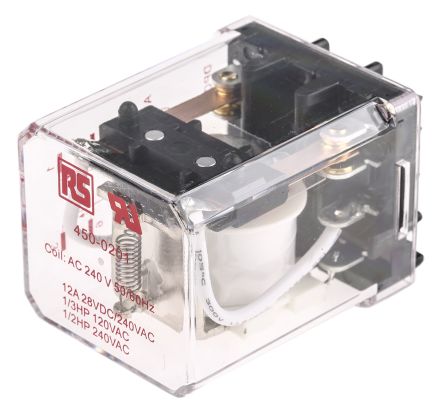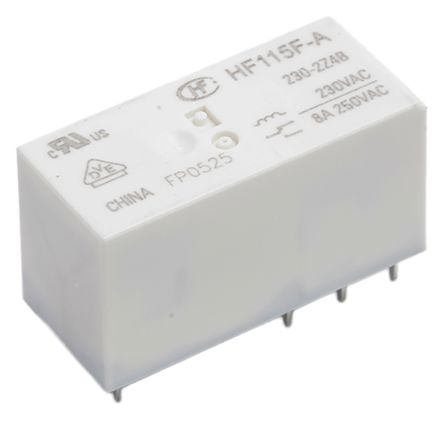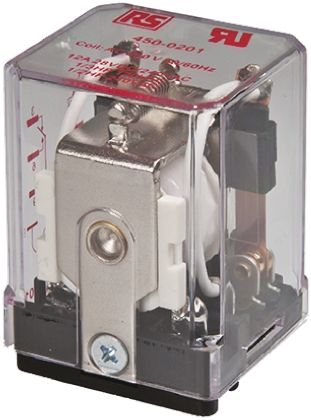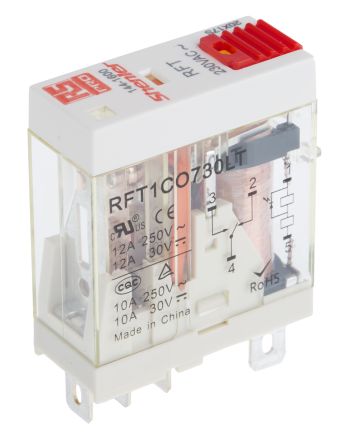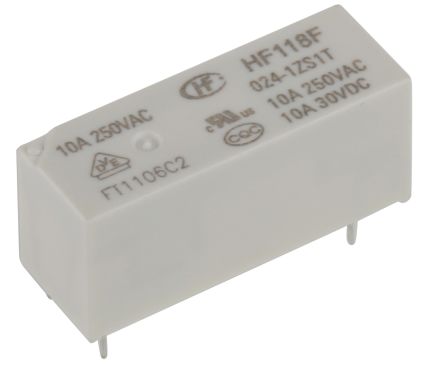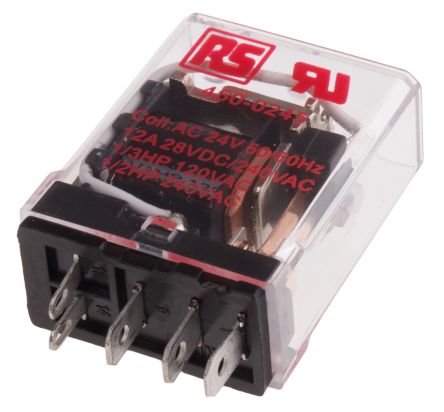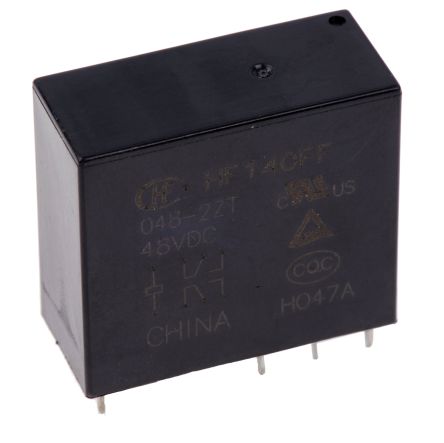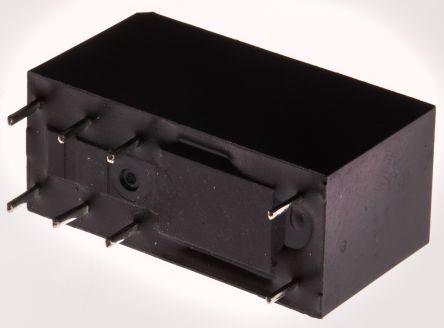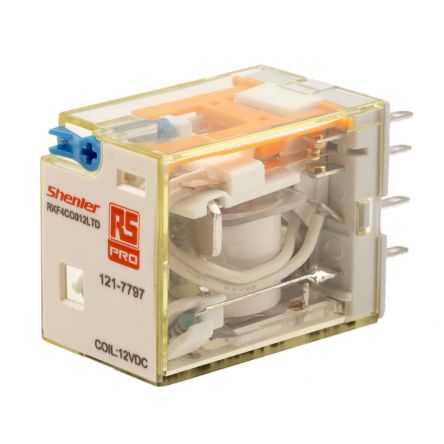- Automation & Control Gear
- Cables & Wires
- Enclosures & Server Racks
- Fuses & Circuit Breakers
- HVAC, Fans & Thermal Management
- Lighting
- Relays & Signal Conditioning
- Switches
- Batteries & Chargers
- Connectors
- Displays & Optoelectronics
- ESD Control, Cleanroom & PCB Prototyping
- Passive Components
- Power Supplies & Transformers
- Raspberry Pi, Arduino, ROCK, STEM Education & Development Tools
- Semiconductors
Power Relays
Power relays are electromechanical devices that are used to control the flow of electrical power in a circuit. In the Philippines, they are commonly used in industrial and commercial applications to control large electrical loads, such as motors, heaters, and lighting systems. Power relays consist of a coil, which generates a magnetic field when a current flows through it, and a set of contacts that are mechanically switched by the magnetic field. When the coil is energized, the contacts close, allowing current to flow through the relay and to the load. When the coil is de-energized, the contacts open, breaking the circuit and stopping the flow of current.
Types of Power Relays
There are three mounting methods for power relays: plug-in power relays, PCB mount power relays, and surface mount power relays. Plug-in power relays are designed for easy installation and replacement; PCB mount power relays are designed to be soldered directly onto printed circuit boards, providing a secure and permanent connection; lastly, surface mount power relays are intended for surface mount technology, allowing components to be mounted directly onto the surface of PCBs.
Power relays also come in various configurations to suit different electrical circuit requirements and applications:
- Single-Pole Power Relays - Often used in simple on/off control applications. They control a single circuit and are suitable for devices that require basic switching operations, such as lights, small motors, or heating elements.
- Double-Pole Power Relays - used when it's necessary to control two separate circuits simultaneously with a single relay. This is useful in applications where isolation is important, such as in power supply units where both the live and neutral lines need to be switched for safety reasons. They are commonly used in HVAC systems, industrial machinery, and some automotive applications to control multiple circuits.
- Three-Pole Power Relays - typically used in three-phase electrical systems. These relays can control three separate circuits simultaneously, making them ideal for applications that require the management of three-phase power. They are commonly used in industrial settings to control heavy machinery, large motors, and other equipment that operates on three-phase electrical power.
Special Features
Power relays may include several advanced features that enhance their functionality and application suitability. Check them below:
- Auxiliary Contacts - Auxiliary contacts, also known as auxiliary contactors, are electromechanical devices that operate alongside primary switching equipment such as contactors, circuit breakers, switches, and power relays. They can be used to monitor the status of the relay or to control other devices in the circuit.
- Time Delays - Also known as timer relays, time delay functions as a combination of an electromechanical output relay and a control circuit, allowing contacts to open or close before or after a predetermined time interval. This can be either normally open or normally closed and is capable of delaying timed functions ranging from milliseconds to hours or even days.
- Surge Suppression - Surge suppression features protect the power relay and connected equipment from voltage spikes and transient surges that can occur in electrical systems. These surges can be caused by lightning strikes, switching operations, or other disturbances.
Applications of Power Relays
Power relays in the Philippines are used in a wide range of applications where electrical power needs to be controlled. Some common examples of applications where power relays are used include:
- Motor Control: Power relays are used to control the operation of electric motors in various industrial and commercial applications, such as pumps, conveyors, and HVAC systems.
- Lighting Control: Power relays are used to control lighting systems, such as streetlights, outdoor lighting, and indoor lighting in commercial and industrial buildings.
- Heating and Cooling Systems: Power relays are used to control the operation of heaters and cooling systems, such as air conditioners and refrigeration units.
- Power Distribution: Power relays are used to switch power between different parts of an electrical system, such as between a main power source and a backup power source.
- Power Factor Correction: Power relays are used to correct the power factor in electrical systems, which helps to improve the efficiency of the system.
- Uninterruptible Power Supplies (UPS): Power relays are used in UPS systems to switch between different power sources, such as between a battery backup and a main power source.
- Security Systems: Power relays are used in security systems to control the operation of various devices, such as door locks, alarms, and cameras.
These are just a few examples of the many applications where power relays are used. Power relays are essential components in many electrical systems and are critical for ensuring the safe and efficient operation of these systems.
Purchasing Power Relays in the Philippines
Power relays are essential components in various applications, from industrial automation to home appliances, and the reliability of your equipment depends on the quality of these relays. As your most trusted power supplier in the Philippines, we at RS provide you with a diverse selection of high-quality power relays to suit your specific needs.
With an extensive inventory from power relay top manufacturers, RS Philippines ensures you get the high-quality products at competitive prices.
Visit our website to buy power relays and other signal conditioning equipment such as electrical relay switches at RS Philippines. Check out our delivery information to know how you can enjoy our next-day delivery service.
